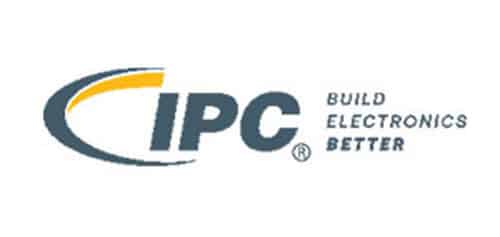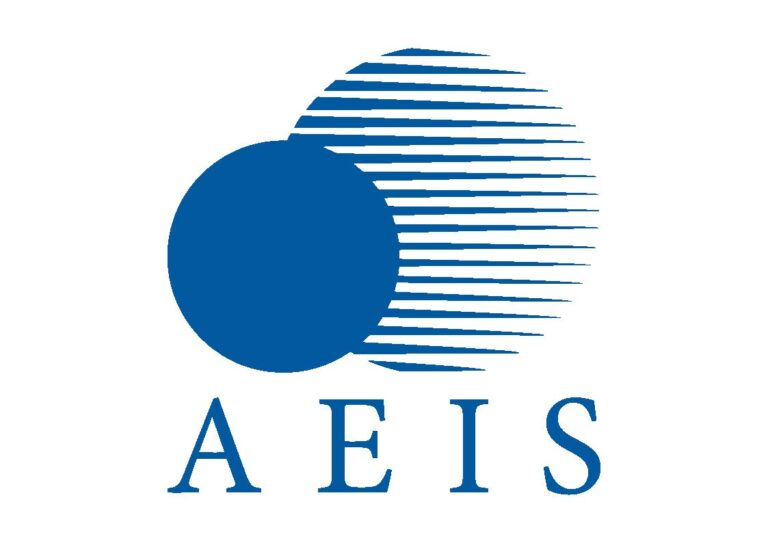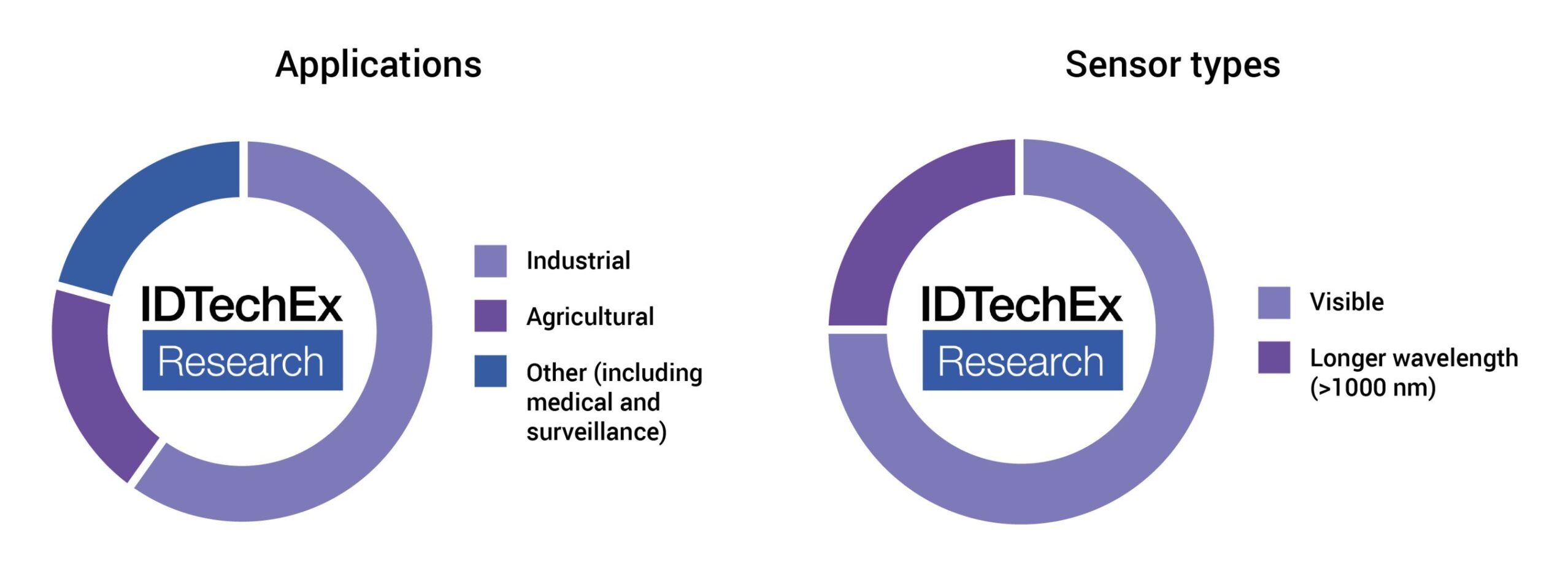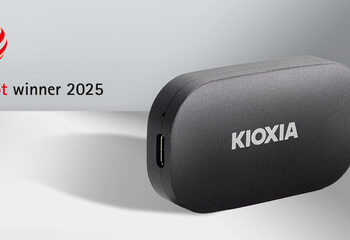Machine vision is increasingly important for many applications, such as object classification. However, relying on conventional RGB imaging is sometimes insufficient – the input images are just too similar, regardless of algorithmic sophistication.
Hyperspectral imaging adds the extra dimension of wavelength to conventional images, providing a much richer data set. Rather than expressing an image using red, green, and blue (RGB) values at each pixel location, hyperspectral cameras instead record a complete spectrum at each point to create a 3D data set, sometimes referred to as a hyperspectral data cube.
The additional spectral dimension facilitates supervised learning algorithms that can characterize visually indistinguishable objects – capabilities that are highly desirable across multiple application sectors. Combining hyperspectral imaging with sensors capable of detecting light beyond 1000 nm enables even more information to be obtained, further enhancing the ability to distinguish different materials.
Agricultural surveying
Insight into plant and soil health can be gained through hyperspectral imaging. Different bands or parts of spectrum are sensitive to various inputs (water, nitrogen, and so on), enabling issues such as nitrogen and water deficiency to be identified and rectified at an early stage.
For agricultural surveying hyperspectral cameras are frequently mounted on unmanned ariel vehicles (UAVs, i.e., drones) to create spatial and temporal maps of the farms. Machine vision algorithms convert the hyperspectral data into nitrogen, water, and chlorophyll levels, crop and weed density, yield estimates and so. This information, coupled with GPS-enabled machinery, enables farmers to take site-specific action.
Industrial inspection
In-line inspection, in which a line-scan hyperspectral camera records items passing beneath it on a conveyor belt, is a common installation approach. The camera speed can be adjusted and synchronized with the speed of the production line, ensuring that inspection covers 100% of the items in real-time.
The processed data output, such as a sorting result, can be integrated into existing machine vision systems analogously to incumbent line-scan techniques. Specific inspection related applications include identifying foreign objects, sorting objects for recycling, distinguishing rock types, and even determining the thickness of thin films from optical interference patterns.
One of the challenges facing industrial deployment of hyperspectral imaging is that converting the extremely data rich hyperspectral data cube (top right graphic) into tangible insights can be tricky, requiring specialist data analysis/machine learning skills. To address this, manufacturers are increasingly incorporating machine vision algorithms within the package they offer, so that the system outputs coordinates of classified objects rather than raw hyperspectral data cubes.
Consumer applications
Perhaps unexpectedly, hyperspectral imaging can also be used in the consumer space for analyzing skin health. More specifically, the spatial distribution of different skin features (water, haemoglobin, etc) can be mapped due to their characteristic reflection spectrum. The technology can thus be used in skin-care clinics and even cosmetics counters to gain a better understanding of which products would be best suited to a particular customer. Ultimately, the hyperspectral cameras may end up in smartphones to enable bespoke cosmetics and skin-care products to be ordered from home.










